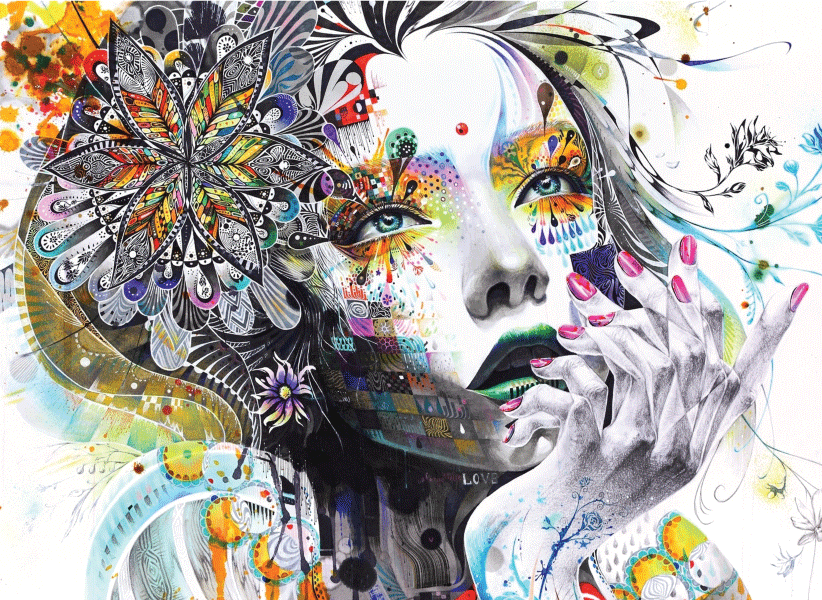Introduction:
Welcome to the exciting world of 3D modelling and animation! Whether you’re a budding artist, a curious hobbyist, or someone looking to enter the field of digital design, this beginner’s guide will introduce you to the fundamentals of 3D modelling and animation. From understanding the basics to creating your first 3D masterpiece, let’s embark on this creative journey together!
Understanding 3D Modeling and Animation
What is 3D Modeling and Animation? When discussing 3D modelling and animation, we’re referring to creating three-dimensional objects and bringing them to life through movement. Unlike traditional 2D art, where images are flat and lack depth, 3D modelling allows us to create objects that exist in a virtual space and appear realistic from any angle. Animation adds the element of movement to these objects, allowing them to interact with their surroundings and tell stories.
Essential Tools and Software
Exploring the Toolbox To start with 3D modelling and animation, you’ll need the right tools. Several software options are available, each with its unique features and learning curve. Popular choices include Blender, Autodesk Maya, and Cinema 4D. These tools provide a range of modelling and animation capabilities, allowing you to bring your imagination to life. Additionally, you’ll need a powerful computer with sufficient processing power and a graphics card to handle the demands of 3D rendering.
Basic Concepts in 3D Modeling
Navigating the 3D Space Before diving into creating complex models, it’s crucial to understand the basic concepts of 3D modelling. The first step is familiarizing yourself with the 3D space. This space consists of the X, Y, and Z axes, representing width, height, and depth. Tools within the software will help you navigate and manipulate objects within this space.
Working with Polygons and Meshes The foundation of 3D modelling lies in polygons and meshes. Polygons are flat shapes with three or more sides, while meshes comprise interconnected polygons. By manipulating these polygons’ vertices, edges, and faces, you can sculpt and shape your models. Practice creating basic shapes like cubes, spheres, and cylinders to gain a solid understanding of polygon manipulation.
Texturing and Materials
Adding Realism with Textures and materials bring life and detail to your 3D models. Textures are images applied to the surfaces of objects to simulate different materials, such as wood, metal, or fabric. By applying textures, you can add depth and realism to your models. Explore different techniques for unwrapping UVs and applying textures to specific parts of your models.
Creating Materials and Shaders Materials and shaders define how light interacts with the surfaces of your objects. You can achieve realistic or stylised effects by adjusting properties such as reflectivity, transparency, and roughness. Experiment with different material types and shaders provided by your software to understand their impact on the final appearance of your models.
Animation Basics
The Power of Keyframes Animation breathes life into your models by creating movement. Keyframes play a significant role in this process. They mark specific points in time where you define your objects’ position, rotation, and scale. You can create smooth and fluid animations by placing keyframes at different intervals and adjusting the properties in between.
Understanding the Timeline The timeline is where you control the sequence and timing of your animations. It allows you to view and edit keyframes and manipulate the overall animation length. Familiarize yourself with the timeline interface and explore various animation techniques, such as looping, easing, and overlapping, to add more dynamics to your creations.
Rendering and Exporting
Showcasing Your Work Once you’ve completed your 3D model and animation, it’s time to render and export your masterpiece. Rendering is converting your 3D scene into a final image or video. Adjust the rendering settings to achieve the desired quality and output format. Be patient, as rendering can be time-consuming, especially for complex scenes.
Sharing and Collaboration After rendering, you can share your work with the world! Export your creations in popular formats like JPEG, PNG, or video formats like MP4. You can showcase your projects on social media platforms, personal websites or even collaborate with other artists or animators to learn and grow together.
Conclusion:
Congratulations on completing this beginner’s guide to 3D modelling and animation! By now, you should understand the essential concepts, tools, and workflows involved in this exciting field. Remember, practice is key to mastering the art of 3D modelling and animation. So, go ahead, unleash your creativity, and embark on an incredible journey of bringing your imagination to life in three dimensions!


